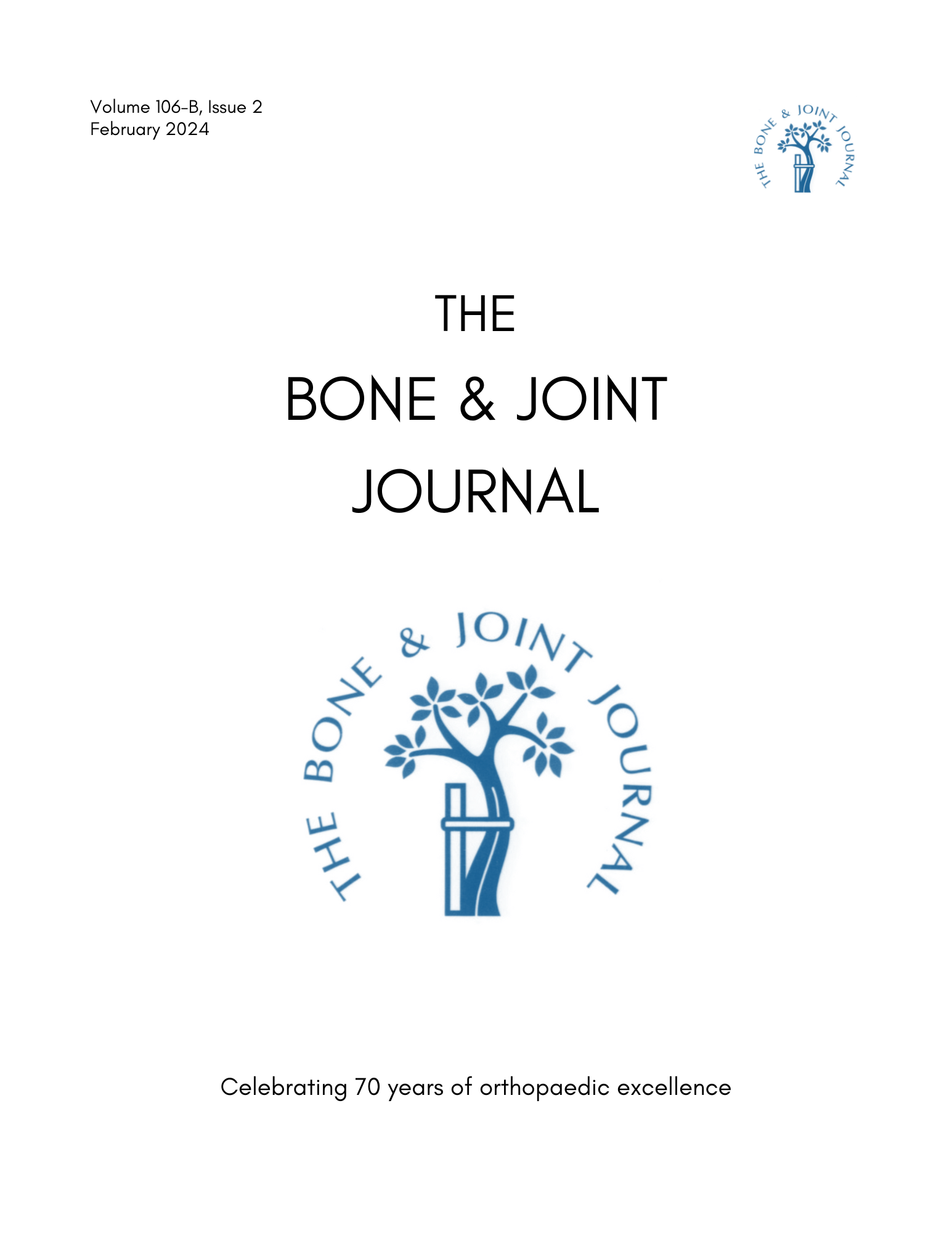
No difference between K-wire fixation and plate ORIF for distal radius fractures at 5 years

No difference between K-wire fixation and plate ORIF for distal radius fractures at 5 years
Percutaneous fixation with Kirschner wires versus volar locking-plate fixation in adults with dorsally displaced fracture of distal radius: five-year follow-up of a randomized controlled trial
Bone Joint J. 2019;101-B(8):978-983. doi: 10.1302/0301-620X.101B8.BJJ-2018-1285.R1Did you know you're eligible to earn 0.5 CME credits for reading this report? Click Here
Synopsis
This is a follow-up to a previously published multi-centre randomized controlled trial. The authors randomized 461 patients undergoing surgery for distal radius fractures to Kirschner wire fixation versus plate fixation. They report outcomes (function and quality of life) at five years post-operatively. There was no significant difference between the two groups at any of the yearly follow-ups betw...
To view the full content, login to your account,
or start your 30-day FREE Trial today.
FREE TRIAL
LOGIN
Forgot Password?
Explore some of our unlocked ACE Reports below!

Learn about our AI Driven
High Impact Search Feature
Our AI driven High Impact metric calculates the impact an article will have by considering both the publishing journal and the content of the article itself. Built using the latest advances in natural language processing, OE High Impact predicts an article’s future number of citations better than impact factor alone.
Continue



 LOGIN
LOGIN

Join the Conversation
Please Login or Join to leave comments.